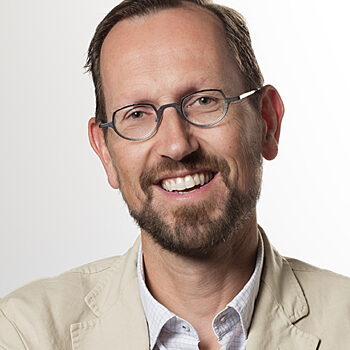M Leuven

For the first time in over 500 years, the Triptych of the Descent from the Cross, made by Dieric or Dirk Bouts (c. 1410-1475) in Leuven, is back in its country of origin. On 28 June 2023, the panels arrived from Granada at the Royal Institute for Cultural Heritage (KIK-IRPA), where a preliminary examination is taking place, carried out by the Scientific Imagery Unit. In October of that same year, the artwork travelled on to the museum M Leuven, in the city where Bouts lived and worked, for two exhibitions focusing on the painter, who is considered one of the Flemish Primitives. Never before have the panels been on loan for an exhibition. The exceptional masterpiece returned in May 2024 to our institution for further research by the Dendrochronology Lab and the Painting Lab, followed by a meticulous conservation treatment in the Painting Studio led by conservator-restorer Livia Depuydt, and art-historical research by the Centre for the Study of the Flemish Primitives.
The Triptych of the Descent from the Cross (1450-1458) consists of three panels painted with oil paint: in the centre is the 'Descent from the Cross', on the left we see the 'Crucifixion' and on the right the 'Resurrection' of Christ. Since the late 19th century, the attribution to Dieric Bouts has been acknowledged by most art historians. The style of the altarpiece is indeed characteristic of the master. The triptych has been kept in Granada's Capilla Real or Royal Chapel, the burial place of Spain's Queen Isabella I of Castile and King Ferdinand II of Aragon, since 1505. However, the artwork had a turbulent history of modifications that left a lot of material traces. For instance, the side panels were sawn off at the top all around when the altarpiece was integrated into a larger work of art in 1753. An alteration visible to the naked eye; but at KIK-IRPA this summer, the three panels will be subjected to scientific imaging to also reveal a whole number of currently still invisible features.

"The particularly tumultuous history and the many alterations of the three panels have obviously left their traces, but at the same time also testify to the eternal appreciation of the Flemish artwork in Granada. Now that the triptych is in Belgium for the major Bouts exhibition, and is being restored with the support of the Flemish government, it is an ideal and unique opportunity to subject the paintings to extensive interdisciplinary research by our experts at KIK-IRPA. The Centre for the Study of the Flemish Primitives already published a comprehensive Corpus volume on the triptych in 1963, but today's resources and techniques will undoubtedly take us a huge step further in increasing our knowledge of the artwork."
In BALaT you can find a lot of info on the Triptych of the Descent from the Cross. The database will be updated with new images and scientific information now that the work is in our Institute for the coming years.
Would you like to see more paintings by Dieric Bouts and other Flemish Primitives? Definitely take the opportunity to explore the digital Friedländer database with an overview of all paintings by Flemish masters from the 15th century.















